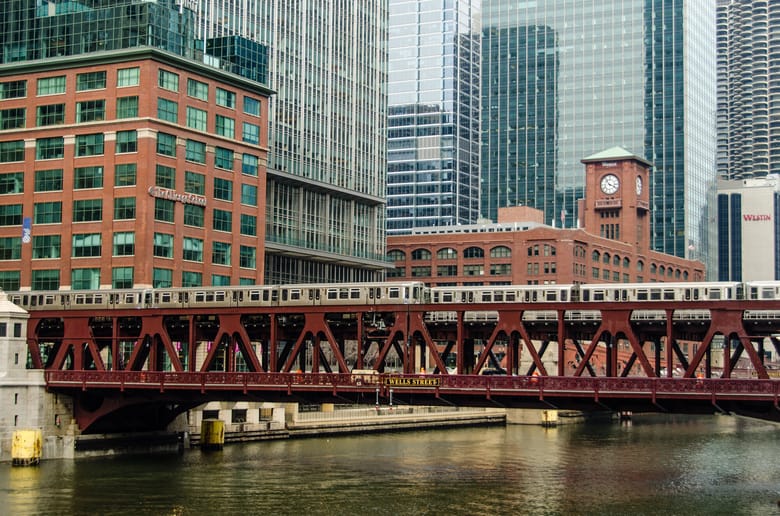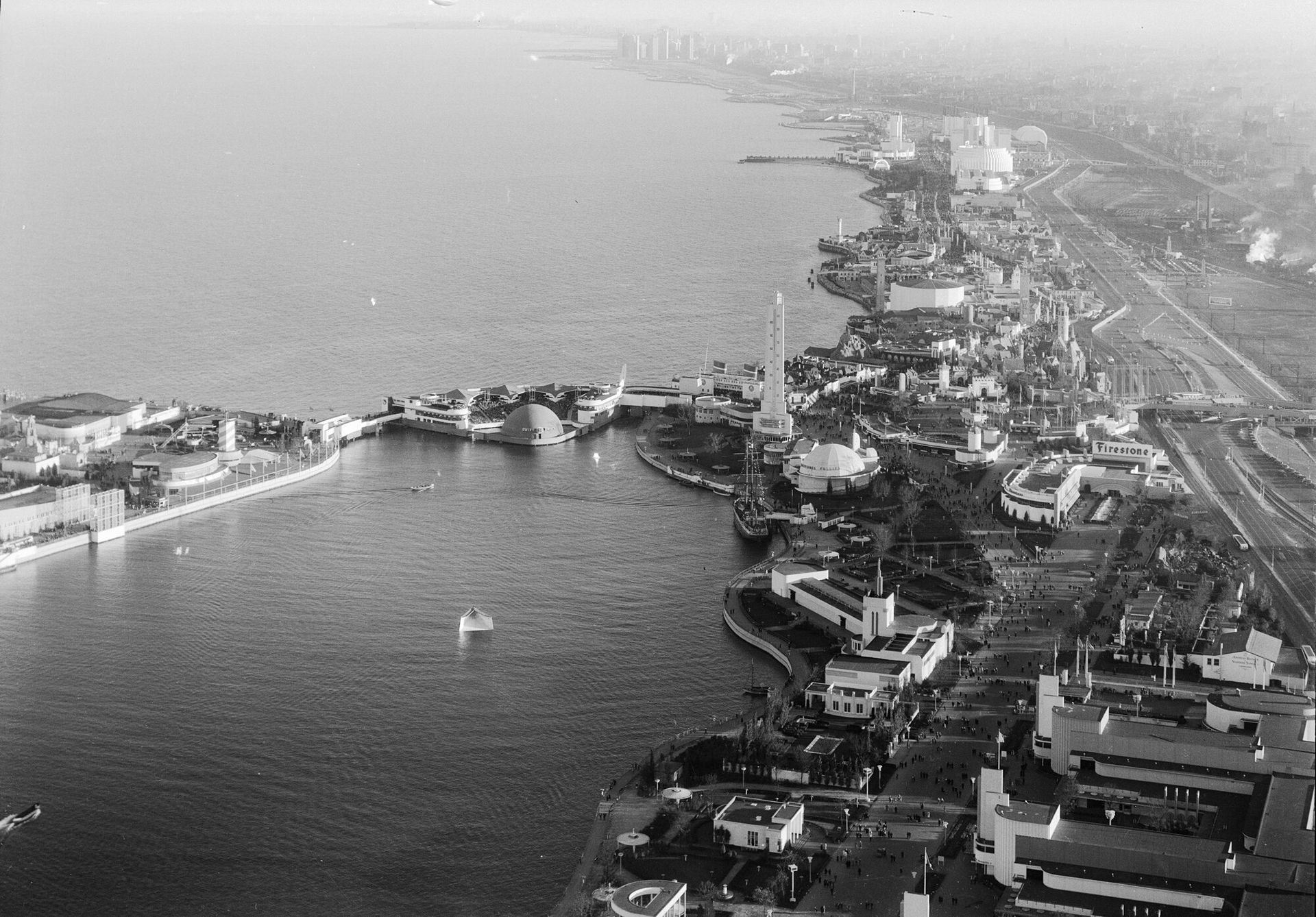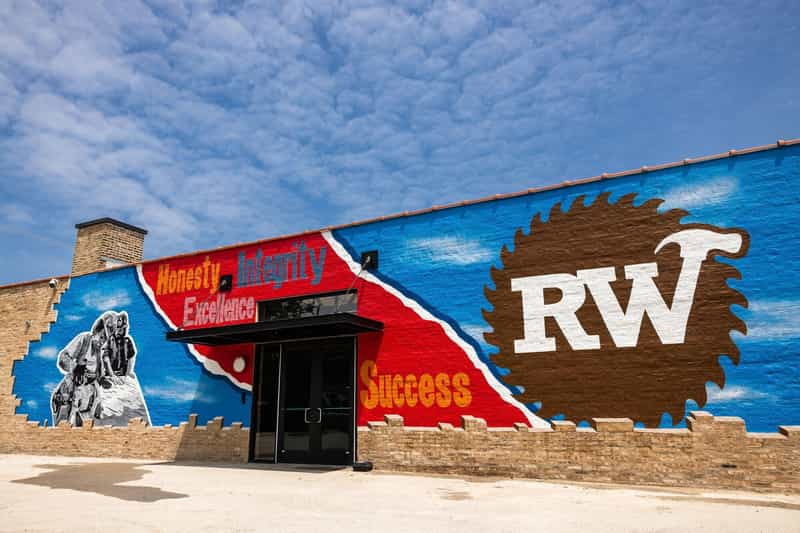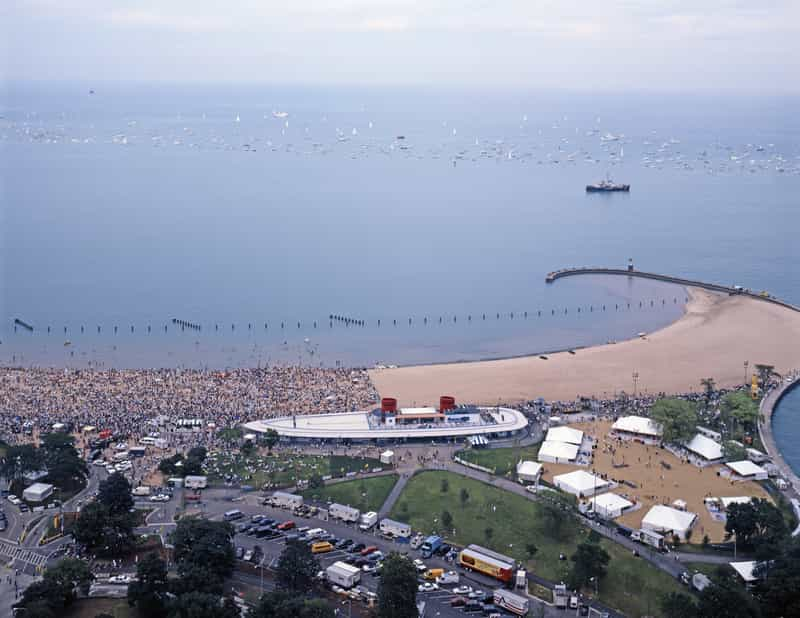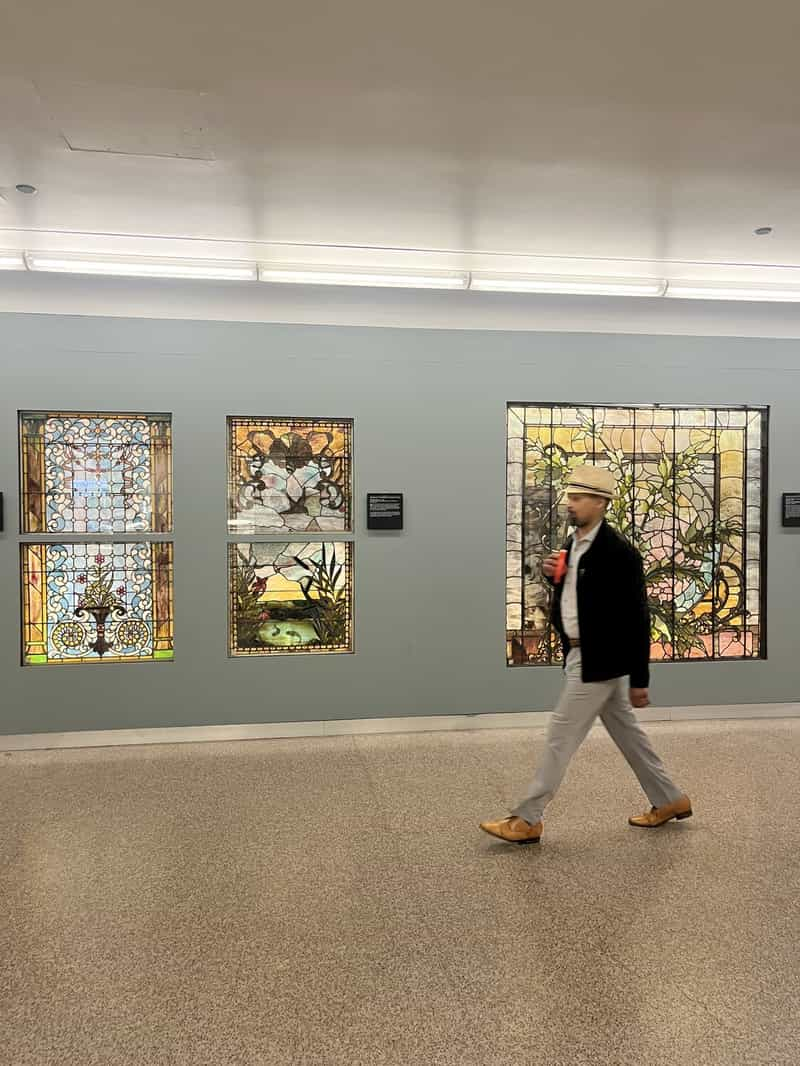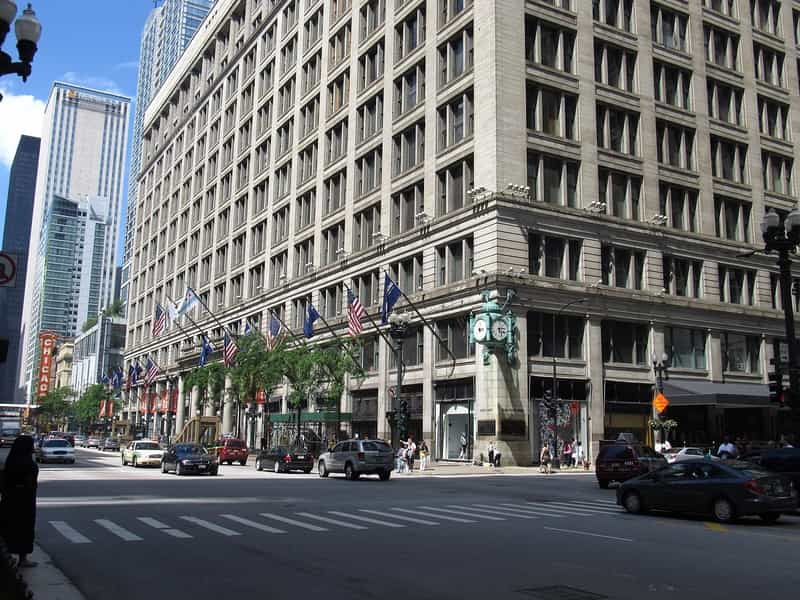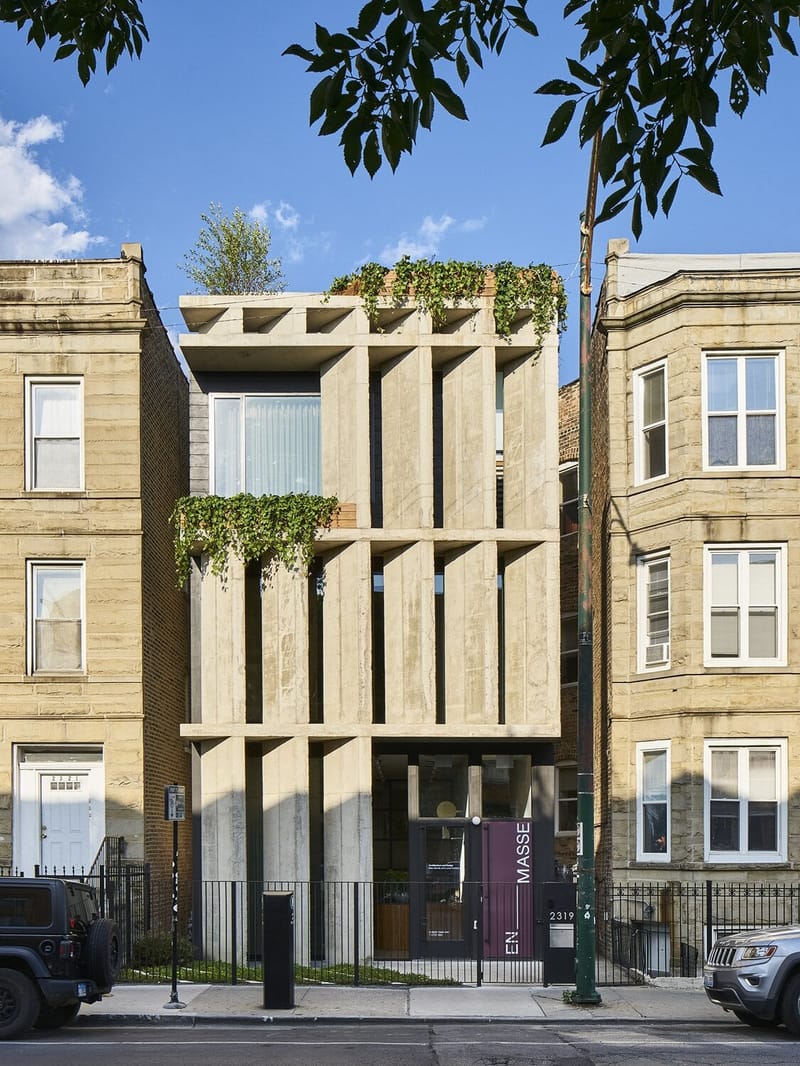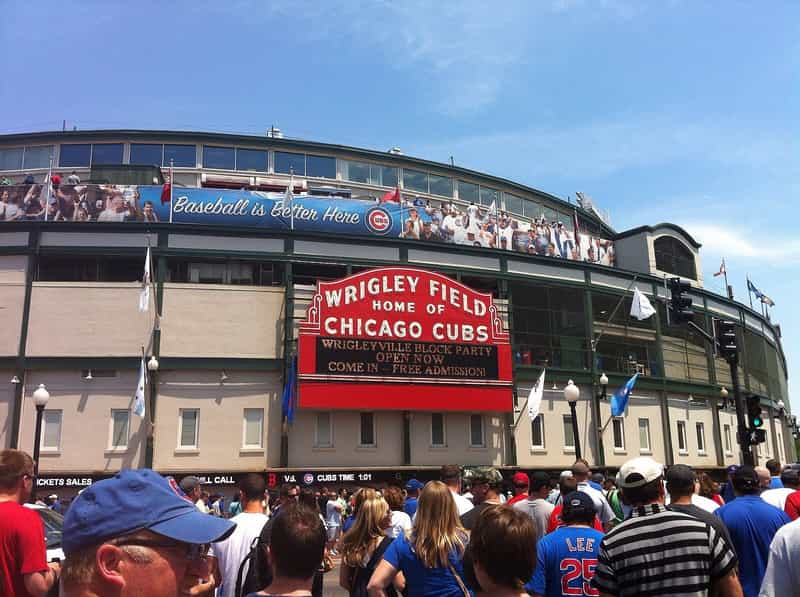Truss
Wells Street Bridge, photo by Eric Allix Rogers
A truss is a structural framework composed of interconnected elements, typically arranged in triangular units, that work together to support loads and distribute forces efficiently. Trusses are designed to span large distances with minimal material, providing stability and strength to various types of structures, including bridges, roofs, and buildings.
Trusses allowed for longer spans and greater load-bearing capacities than traditional methods. The use of trusses became especially prominent during the Industrial Revolution, as advances in engineering and materials science enabled the construction of large-scale infrastructure projects.
EXAMPLES IN CHICAGO:
- The Chicago River Bridges: Several bridges over the Chicago River feature truss designs, including those with bascule mechanisms. For example, the LaSalle Street Bridge, completed in 1930, is a notable truss bascule bridge. It incorporates a truss framework in its design, which supports the bascule (movable) span and enables the bridge to lift and allow ships to pass beneath. The truss structure contributes to the overall strength and stability of the bridge, making it suitable for the heavy traffic it supports.

